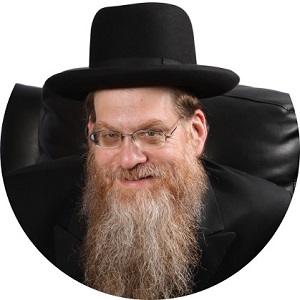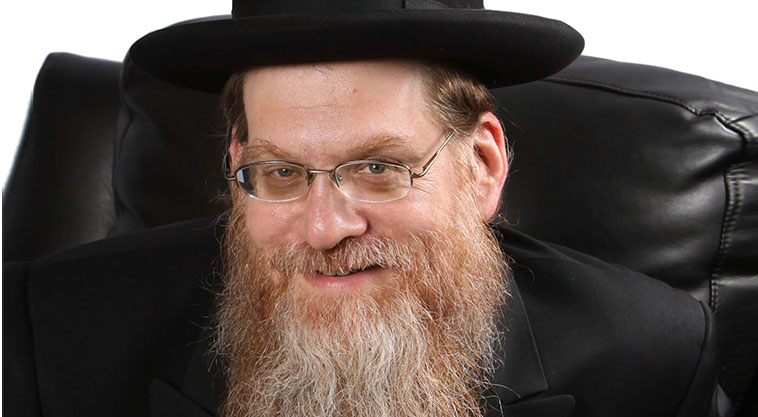On Our Best Behavior

Two weeks ago in this column, I wrote of my feelings of awe for the Chofetz Chaim and his legacy, and how this one Jew from Radin created a revolution in our awareness of how we speak and what we listen to.
Years ago I heard that Rav Yaakov Kamenetsky ztz”l called Rav Avraham Yaakov Pam ztz”l “the Chofetz Chaim of our time.” Many couples owe their shalom bayis to Rav Pam’s sagacious advice, and recently, an encounter with some neighbors brought to mind something Rav Pam mentioned 40 years ago.
My wife and I often take a stroll after dinner. In the summertime, the evening constitutional usually involves my wife walking me to Minchah. We always take the same route and pass the same neighbors. Sometimes we see them and chat for a moment. And sometimes we just wave.
One particularly sultry summer evening in August, we began our excursion down the block toward the shul.
Somewhat surprisingly, although by no means incredible, a large group of our neighbors and their relatives were gathered on the lawn seemingly waiting to greet us. As it was hot, the sun was setting, and Minchah couldn’t wait, I was compelled to excuse myself from the crowd and headed to shul while my wife remained and conversed with the mother of the household.
As I moved on to shul, a feeling came over me that something was just a bit out of the ordinary regarding the manner and way we were greeted. While I couldn’t put my finger on any specifics, I somehow felt that the greeting was just too good, more than you would expect from an everyday, pedestrian “hello” or “how are you?”
That evening when I arrived home, I mentioned to my wife that the encounter with the neighbors felt somewhat awkward, but I couldn’t put my finger on why that was.
My wife laughed. Then she informed me that the reason there were so many people in front of their home that night was because they were making sheva brachos for a nephew who recently married.
Everyone there had been waiting inside the house for the arrival of the chassan and kallah who were — as expected — “fashionably late.” Suddenly, one of the little people in the family, a small four-year-old girl who was standing on the porch, noticed my wife and me walking down the street.
She burst into the house and screamed, “The chassan and kallah are coming!”
Everyone made a beeline outside only to be surprised and probably disappointed, that instead of the newlyweds making their way down the street, it was a pair of “oldyweds” sauntering down the road. As the crowd realized the anticipated young couple was indeed a pair of near sexagenarians, they all laughed and smiled, hence the bit of social awkwardness I picked up on.
It was then I recalled the astute, on-target advice Rav Pam had given a just-married friend of mine 40 years ago.
Rav Pam told him, “If you want to preserve your shalom bayis, treat each other the exact same way you do during sheva brachos. No one fights during sheva brachos, and each one is on their best behavior wanting to accommodate their better half. If you can treat each other this way your entire married life, you will ensure shalom bayis.”
As I looked at my wife and the near 40 years we’ve spent together, I realized Rav Pam would have been proud of us for being mistaken for a pair of newlyweds. After all, that was his suggested aspiration for all.
Often it’s the little ones among us who possess the most farsighted observations.
(Originally featured in Mishpacha, Issue 733)
Oops! We could not locate your form.


